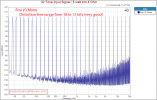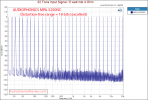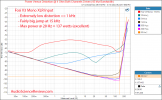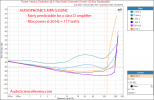Guddu
Major Contributor
- Joined
- Feb 10, 2020
- Messages
- 1,557
- Likes
- 1,541
I hear you….Probably something that measures just as high but has more functionality (bass management, tone control, equalization, etc.).
-Ed
But comparison always loose its meaning if we compare a power amplifier with an integrated amplifier.
Back to the topic of the thread,
Amir measured the amplifier as it comes from the store, who can tell what change opamp rolling may bring without a repeat measurement.
And whatever data is available so far (with other amps), it shows no benefits, not at least measured one.



